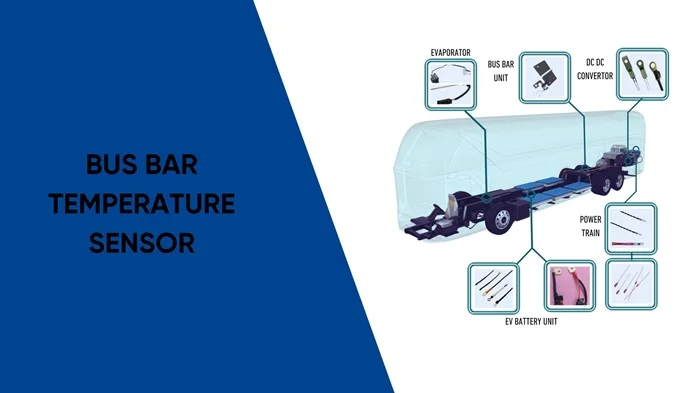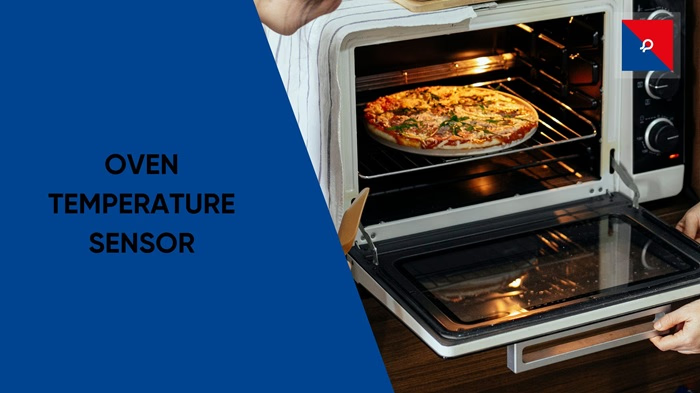
You're in a Zoom meeting with your boss, your cat just walked across your keyboard, and boom, the power's out. But wait, do you have a UPS or an inverter? If you're standing there scratching your head trying to figure out what does what, you're not alone. In this blog, we're getting down to the nitty-gritty of UPS vs inverter. Let's plug into the facts, shall we?
What Are UPS and Inverters Anyway?
Before we get into the UPS and inverter differences, let’s break down what each is.
- UPS (Uninterruptible Power Supply): Imagine UPS as the superhero of your home; fast, quiet, and punctual. The UPS gives you instant power backup during power outages. It activates without you even realising (trust us, it's quicker than your crush ignoring your message). It provides zero disruption, so it's ideal for sensitive electronic equipment such as computers, servers, and routers.
- Inverter: Now, the inverter is sort of like your trusty best friend. It takes a couple of seconds to react when the power goes down, but it delivers backup when it does. An inverter translates DC (Direct Current) from batteries into AC (Alternating Current) to energise your home. It's perfect for powering fans, lights, and even some appliances during power outages.
Core Difference Between UPS and Inverter
Let’s plug in to the technical bits; don’t worry, no engineering degree needed.
| Difference | UPS | Inverter |
| Switching Time | Lightning fast! A UPS switches to backup power in 3-5 milliseconds (so fast, you won’t even notice the lights flicker). | Takes a sweet 25-50 milliseconds to switch, which could be enough to reboot your PC or interrupt your Netflix binge. |
| Power Backup Purpose | Made for sensitive electronics. It ensures uninterrupted power, hence the name Uninterruptible Power Supply. | Designed for general appliances. It provides backup but doesn’t guarantee an uninterrupted supply. |
| Price Point | Slightly heavier on the wallet, but totally worth it if you work from home or have critical systems. | More budget-friendly. Great for regular household needs and less sensitive electronics. |
| Power Storage | Has an inbuilt battery with limited storage, usually enough for 15–30 minutes, just enough to save your work and shut down gracefully. | Paired with external batteries (usually bigger), giving you hours of backup depending on the battery size. |
| Installation & Maintenance | Plug-and-play. Minimal installation needed. | Needs a bit more setup and wiring, plus regular battery maintenance. |
UPS and Inverter: Which One Should You Choose?
Now that you know the ups and inverter difference, how do you decide which one's right for you?
Go for a UPS if:
- You use desktops, medical equipment, or high-end electronics.
- You can’t afford even a split-second power break.
- You need short-term backup just to safely shut things down.
Opt for an Inverter if:
- You’re looking for long-term backup during power outages.
- You want to run lights, fans, and basic appliances during blackouts.
- You’re okay with a few seconds of delay when the power goes out.
Let’s Take a Real-Life Example
Let's say you're writing your thesis (or watching K-dramas nonstop, no judgment) and the electricity shuts off. Your laptop and Wi-Fi don't even bat an eyelash if you have a UPS. With an inverter, however, there is this momentary interruption; your gadgets turn off and back on again.
And now, if it's a 10-minute blackout, UPS is the winner. If it's a 3-hour blackout due to the heat from summer causing melted wires in your neighborhood, inverter to the rescue!
Funny Analogy Time
Imagine a UPS as your go-getter friend who always has snacks, a charger, and answers to all pop quizzes. The inverter is your laid-back friend who arrives 5 minutes late but brings pizza and stays for hours. Both are wonderful, just depending on the circumstance!
Can You Use Both Together?
Indeed! Most UPS users integrate both for maximum backup. The UPS takes care of your sensitive electronics while the inverter supplies power to the rest of your home. Teamwork makes the dream work, right?
Precision Matters: What JR Sensors Can Teach Us About Choosing Between UPS and Inverter
While JR Sensors is well known for its accuracy-based temperature sensing products, it also applies its expertise to inverter systems. Their specific inverter temperature sensors are designed to track thermal performance, avoiding overheating and ensuring long-term reliability. UPS and inverters have different backup applications, UPS provides immediate power, while inverters are less expensive with a minor delay; JR Sensors maintains that, regardless of the system, temperature remains under control when performance and safety are paramount.
Conclusion: Don’t Be Left in the Dark
Whether you opt for a UPS or an inverter is up to your requirements. For instant backup and safeguarding sensitive electronics, a UPS is your best bet. If you want long-term comfort during power outages, the inverter's your savior. Want the best of both worlds? Use them together and let each do its thing.
So, the next time the lights go out, don't freak out. Just recall: you've got choices, and now you know the difference between UPS and an inverter like a pro, with a few chuckles along the way.
Stay charged up (and don't let the darkness prevail)!
Frequently Asked Questions
1. Can I run a computer on an inverter?
2. Does UPS give longer backup than an inverter?
3. Is UPS more expensive than an inverter?
4. Which is better for home use?
5. How long does it take for an inverter to kick in?

Busbar Watchdogs: The Tiny Sensors Preventing Massive Power Failures
Think of them as your system’s early warning system. Busbar temperature sensors silently protect power grids, data centers, and switchboards from overheating, fire, and failure. Discover why this small sensor plays a big role in electrical safety and uptime.

Beyond Specs: 5 Must-Know Factors When Choosing a Thermistor Sensor Manufacturer
Not all thermistor manufacturers are created equal. Whether you're building a medical device or a smart appliance, this guide breaks down the 5 key factors that ensure you get precision, reliability, and peace of mind.

Burnt Biscuits? Blame the Sensor – The Hot Truth About Your Oven’s Temperature Troubles
If your oven’s cooking like it’s got a mind of its own, your temperature sensor might be the silent saboteur. From half-baked casseroles to scorched cookies, we break down how this little sensor works, why it matters, and how to fix it—without losing your cool (or your dinner). A fun, practical guide that’s just as useful as it is digestible.